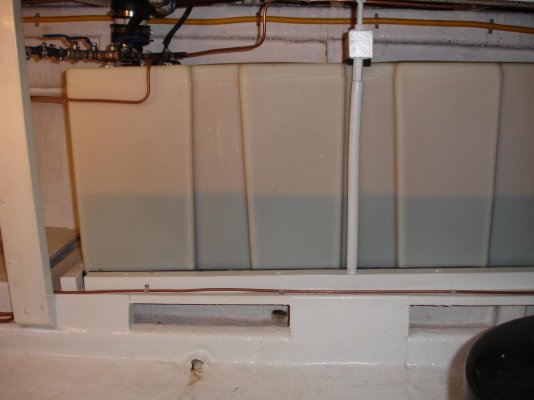Bigfish
Senior Member
- Joined
- Jan 25, 2013
- Messages
- 297
- Location
- USA
- Vessel Name
- My Lady
- Vessel Make
- Formosa 42 Double Cabin
Still haven't gotten a look at how bad my two 350 gallon tanks are but the major fuel spill last week is a pretty good indication its going to be a major fix... Lots have suggested different ways of solving the problem, none of which are particularly attractive... How about THIS! I cut open my deck above the tank, cut off the top of the tank, and insert a new poly tank slightly smaller into the old tank. Plumb it up, redo the deck and I'm done...

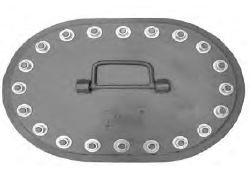
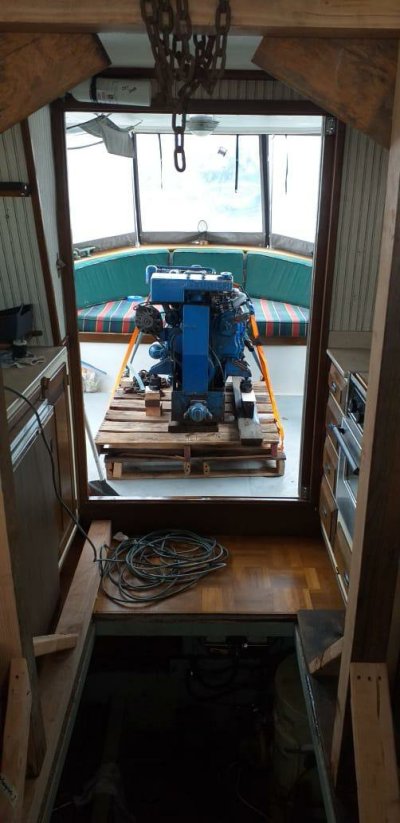
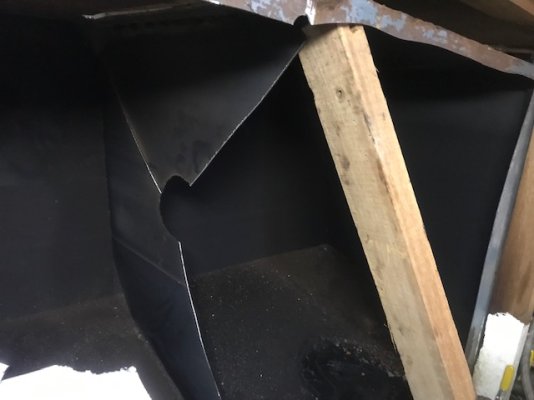
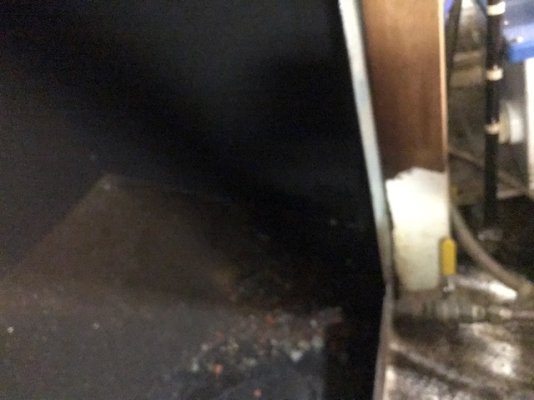
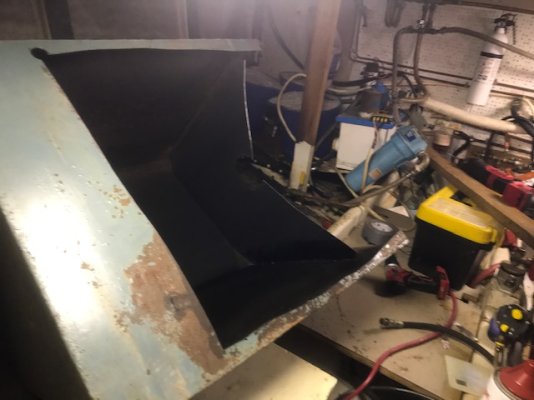
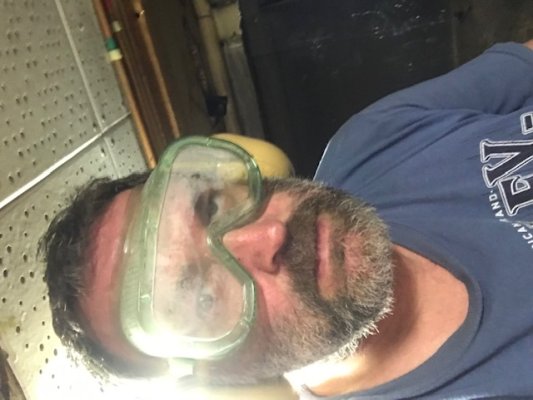
 Use 2 part polysulfide, aircraft tanks are sealed with it all the time. Smith and Co may still sell it, if not aircraft supply company’s carry the product.
Use 2 part polysulfide, aircraft tanks are sealed with it all the time. Smith and Co may still sell it, if not aircraft supply company’s carry the product.